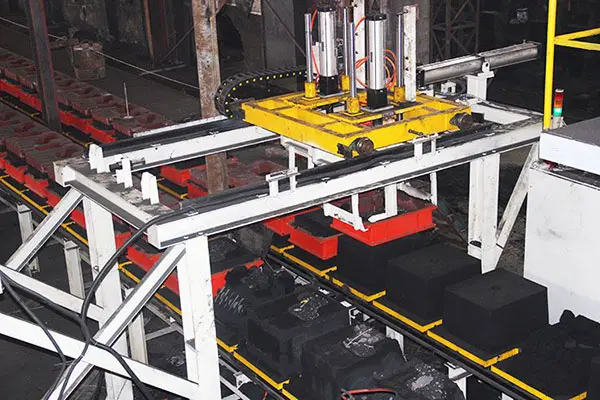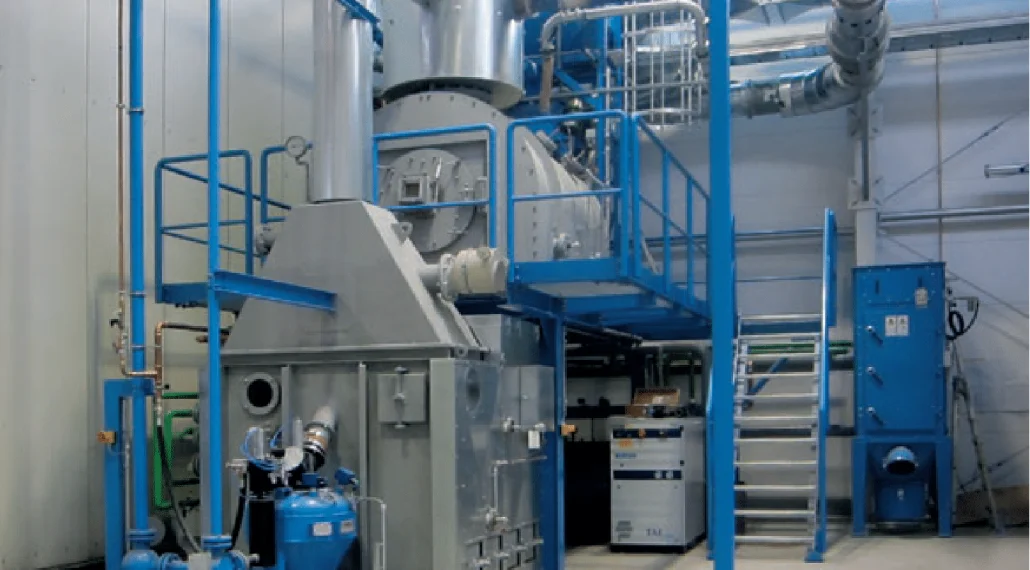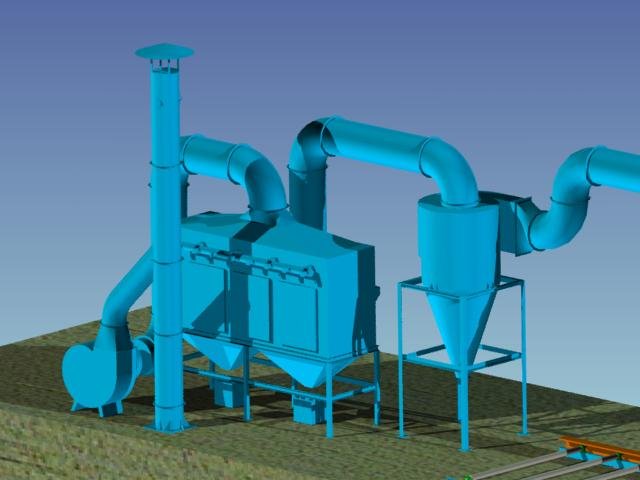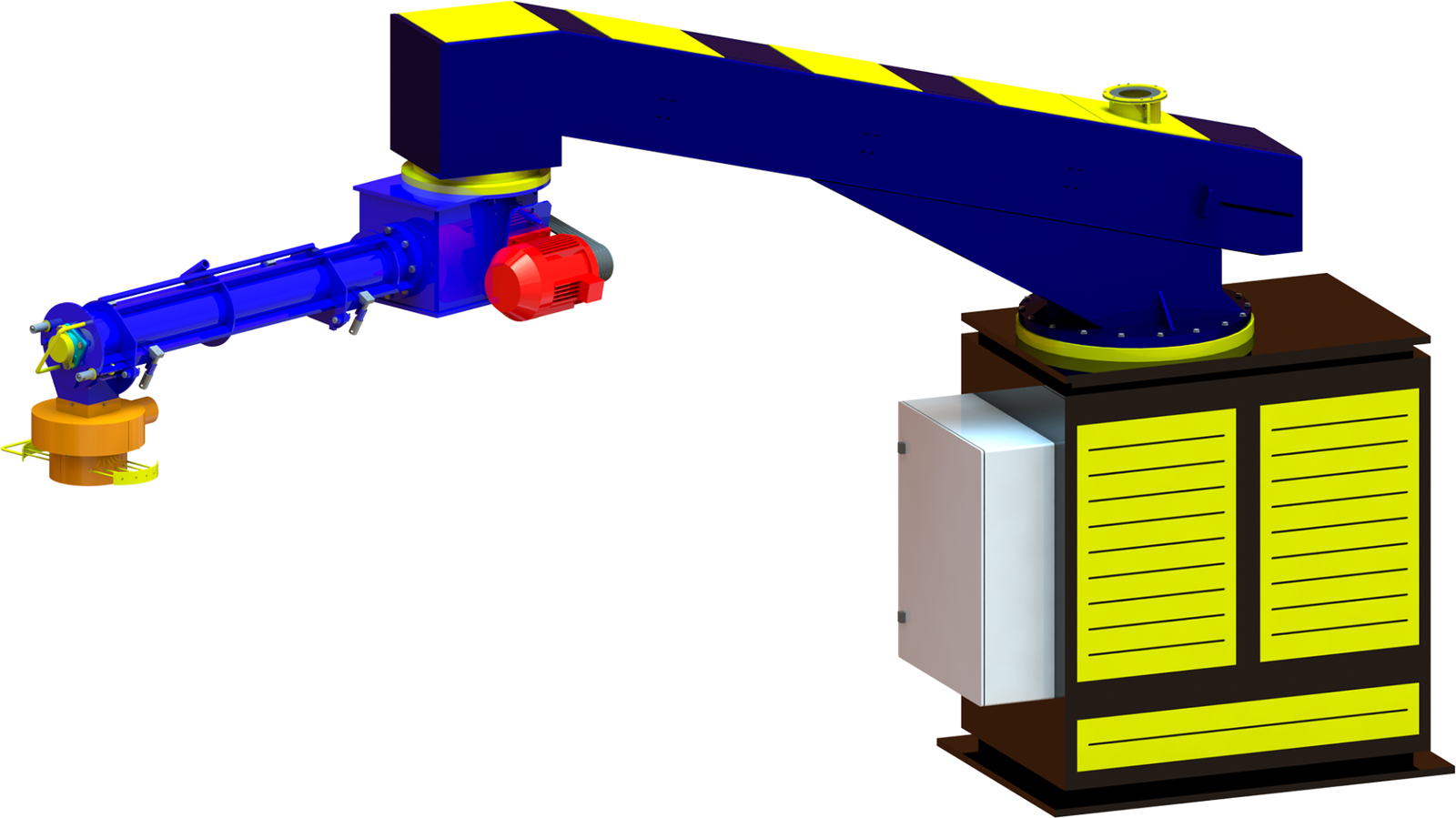
When it comes to surface treatment, choosing the right blasting equipment can make a significant difference in the quality of your results. Whether you're looking to remove rust, prepare metal for coating, or clean other types of surfaces, selecting the proper machine is essential for optimizing both efficiency and cost-effectiveness. In this guide, we’ll walk you through the process of choosing the best blasting equipment to achieve the ideal surface treatment.
Choosing the right blasting equipment is not just about performance; it’s about finding a balance between effectiveness, cost, and environmental impact. From drum blasting machines to vibratory and air blasting machines, each type offers unique benefits depending on your specific needs. By understanding the features and applications of these machines, you’ll be able to select the most suitable equipment for your production goals.
What is Blasting Equipment?
Blasting equipment refers to machines that use compressed air or mechanical force to propel abrasive media at high speeds, cleaning or preparing surfaces for further treatment. The primary goal is to remove contaminants like rust, old paint, or scale, and to prepare the surface for coatings, polishing, or further processing.
Key Components of Blasting Equipment:
- Blast Wheels: Propel the abrasive media at high speed onto the surface of the parts.
- Abrasive Media: Includes materials like steel shot, grit, glass beads, or plastic media used for cleaning and surface preparation.
- Dust Collectors: Collect debris and dust produced during the blasting process to ensure a clean environment.
- Rotating Tables (for certain models): Help expose the entire surface of parts to blasting media for uniform cleaning.
The right blasting equipment will ensure high-quality results, minimize downtime, and optimize labor costs.
How to Choose the Best Blasting Equipment for Your Needs?

Factors to Consider When Selecting Blasting Equipment:
-
Surface Quality Requirement:
- What is the intended outcome of the surface treatment? Are you removing rust or preparing a surface for coating?
- Key Consideration: The blasting machine should provide the appropriate amount of surface roughness and cleanliness for your process (e.g., automotive painting or industrial coatings).
-
Material and Size of Parts:
- Are you working with large, bulky parts or small, intricate components? Some blasting machines are better suited for specific material types and sizes.
- Key Consideration: For large parts, drum blasting machines provide high throughput, while vibratory machines excel in cleaning delicate or complex parts.
-
Production Volume:
- Do you need to clean high volumes of parts on a continuous basis, or are you handling smaller batches with more delicate needs?
- Key Consideration: Drum machines are ideal for high-volume applications, while vibratory blasting machines are better suited for lower-volume, precision work.
-
Energy Efficiency and Environmental Impact:
- Consider the energy consumption and environmental impact of the machine, including dust collection and media recycling.
- Key Consideration: Look for machines that offer energy efficiency and comply with environmental regulations (e.g., low dust emissions).
-
Long-Term Costs:
- What are the ongoing maintenance costs, including parts replacement, consumables (abrasive media), and operational energy costs?
- Key Consideration: Drum blasting machines typically have higher upfront costs but can be more cost-effective in the long term for high-volume production.
Comparing Different Types of Blasting Equipment

Drum Shot Blasting Machines:
How They Work:
Drum shot blasting machines feature a rotating drum where parts are loaded and blasted with abrasive media. The rotation ensures uniform exposure to the blasting media.
Advantages:
- Ideal for Bulk Cleaning: Perfect for cleaning large batches of small to medium-sized parts.
- High Throughput: Suitable for continuous processes, with high capacity for bulk parts.
- Versatile Media Use: Can handle various abrasive media types, including steel shot, grit, and others.
Ideal Use Cases:
- Automotive parts, small metal components, bolts, nuts, and other high-volume production items.
Vibratory Shot Blasting Machines:
How They Work:
Vibratory machines use vibrations to move parts within a container, while abrasive media is applied. This method ensures that each part gets evenly blasted without causing damage.
Advantages:
- Gentle on Parts: Perfect for cleaning delicate parts without causing damage.
- Precise Cleaning: Especially effective for parts with intricate shapes or sensitive surfaces.
- Quieter and More Energy-Efficient: More energy-efficient compared to drum machines and produces less noise.
Ideal Use Cases:
- Precision engineering, electronics, die-cast parts, and aerospace components.
Air Blasting Machines:
How They Work:
Air blasting machines use compressed air to propel abrasive media, often in smaller quantities, to clean or prepare parts for coatings.
Advantages:
- Ideal for Small Parts: Works well for cleaning small parts and materials that require more detailed or localized cleaning.
- Portable: Easier to move around and suitable for on-site cleaning tasks.
Ideal Use Cases:
- Small metal components, automotive parts, and repairs in hard-to-reach areas.
Key Specifications for Optimal Surface Treatment
When selecting blasting equipment, consider these critical specifications:

Capacity:
- Drum Machines: High capacity, ideal for high-volume applications with relatively simple geometries.
- Vibratory Machines: Smaller capacity, more suitable for specialized or delicate parts.
Cleaning Efficiency:
- Drum Machines: Excellent for large-scale rust, scale, and paint removal.
- Vibratory Machines: More effective for precision cleaning, ensuring consistent results on complex parts.
Cost Efficiency:
- Drum Machines: Best suited for high-volume production with a focus on reducing per-unit costs.
- Vibratory Machines: Higher initial investment but offers more precise cleaning for high-value parts.
Environmental Considerations:
- Dust Collectors: Ensure your equipment has an effective dust collection system to meet environmental standards and create a safe working environment.
- Media Recycling: Machines with built-in media recycling systems can lower operating costs and reduce waste.
Common FAQs About Blasting Equipment
-
How do I choose the right abrasive media for my blasting machine?
- The type of abrasive media depends on the material of the parts being cleaned. For heavy-duty cleaning, steel shot or grit is effective, while glass beads are better for delicate parts.
-
What pressure and angle should I use to optimize blasting effects?
- The pressure and angle of the abrasive media should be adjusted based on the type of material and the desired surface texture. Higher pressures are used for aggressive cleaning, while lower pressures are suitable for delicate parts.
-
How do I maintain my blasting equipment?
- Regular maintenance includes checking and replacing worn-out parts, cleaning dust collectors, and ensuring proper media flow.
-
What types of coatings and contaminants can blasting equipment remove?
- Blasting machines can remove rust, old paint, grease, and scale. The type of equipment and media used determines the effectiveness of the cleaning process.
Conclusion: Choosing the Right Blasting Equipment

The right blasting equipment can drastically improve your surface treatment processes, increasing production efficiency, reducing costs, and ensuring high-quality finishes. Whether you need a Drum, Vibratory, or Air blasting machine depends on factors such as part size, volume, surface complexity, and environmental considerations.
Need help choosing the right blasting equipment? Contact our technical experts today for a tailored recommendation based on your specific needs. Achieve optimal surface treatment and increase your production efficiency by selecting the right equipment for your operations.







